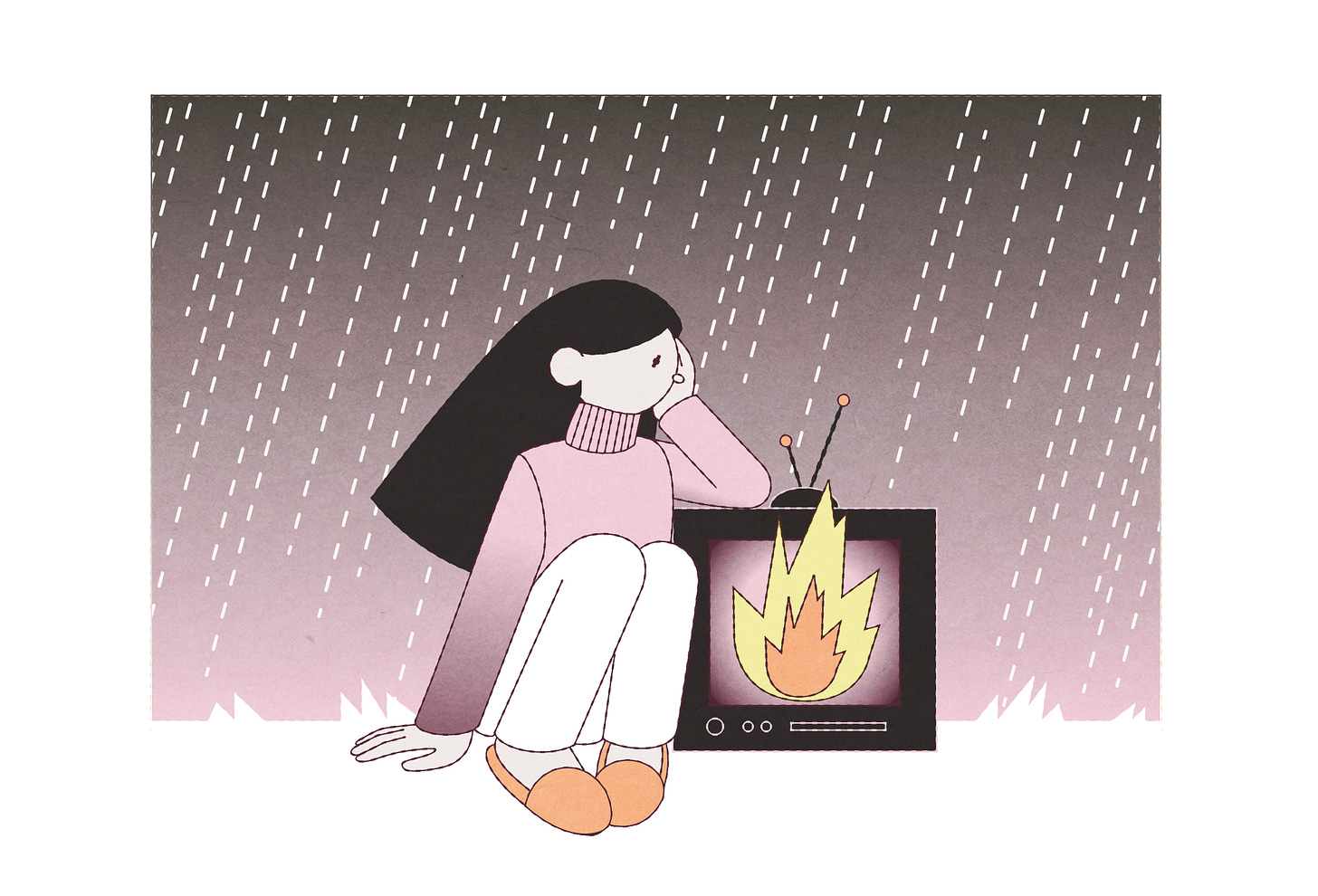Finding the Fear (& Human Connection) in Eco-Horror
Write a Freaky Flash Every Week in October with the Scary Story Sprint!

This lesson is part of the Freaky Flash collection with Kayla Kumari Upadhyaya — check out all the workshops HERE and take part in our scary story sprint!
Hey there,
It’s the final week of our Scary Story Sprint — a four-week crash course on writing freaky flash that has hopefully cracked open the way you think about literary horror and speculative fiction. (Be sure to read all the way to the end of this week’s lesson for advice for where to submit your freaky flash when you’re finished drafting!)
So far we’ve tried out spooky flash fiction writing prompts on:
Today, we’re going to draw inspiration from the real life environmental horrors all around us and delve into the depths of eco-horror…
Because the Real World is Scary Enough…
At the risk of sounding a bit macabre, I’d like to acknowledge that writing horror while steeped in the horrors of the real world is a complex experience. It’s also why, when I hear from writers who are concerned their horror is “too much” or “too fucked up”, I like to point out that there isn’t really such a thing, because the real world is full of such immense and unending horrors.
The power of writing horror, I think, is the power to imagine possibilities for survival and connection — even amid all the terror, fear, and brutality.
The best horror contains more emotions and states of being than just fear; the best horror makes space for love, intimacy, understanding, transformation, desire, care. Otherwise, what’s the point? I think often of what I believe is Stephen King’s best ending, the final lines of Pet Sematary, which haunt not solely because they are terrifying but because they are also laced with tenderness.
The best horror often reflects the horrors of reality, creating interesting metaphors or heightening them to shine an even brighter light on their effects. Lately, I have been especially drawn to eco-horror for this reason: horror that taps into the grim realities of environmental collapse and climate crisis; horror that we can likely see in some way simply by looking out the nearest window; horror that feels wholly inescapable.
(Sorry to go there! But being a horror writer means sometimes becoming a Debbie Downer.)
So, today we’re going to think of the environments around us and how we can pull horror from the natural world.
Keep reading with a 7-day free trial
Subscribe to The Forever Workshop to keep reading this post and get 7 days of free access to the full post archives.


